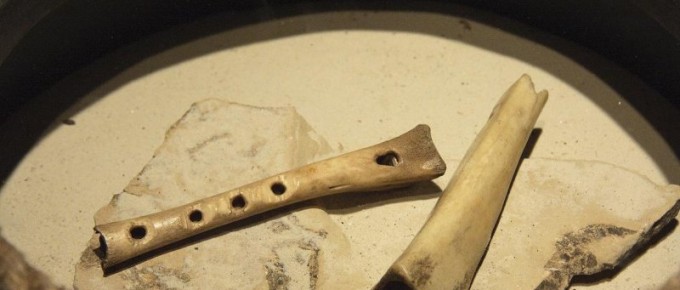Livs (Livonians) are one of indigenous people of Latvia with ancient and rich culture. Livs language belongs to Finno-ugrian language family and it is one of the Baltic-Finnic languages.
In the 6th-7th millennium B.C. the ancestors of Livs and other Finno-ugrians. lived in the southern part of the Urals and spoke Uralic language. In the course of time from the parent language branched off Samoyedic and Finno-ugric languages
Ethnic groups of Finno-ugrians in ca. 3400 – 3300 inhabited vast area in the northeast of Europe and reached also the territory of present-day Latvia. In the areas inhabited by these ethnic groups in the 3rd millennium B.C. formed Ugric, Permian-Finnic, Volga-Finnic, Saami and Baltic-Finnic language groups
In the 9th-10th century A.D. the Livs inhabited lower reaches of the River Daugava. Around the 11th century culture of Livs reached its flourishing on the banks of the Gauja River – in Turaida, Sigulda and Krimulda area. The Livs, which inhabited Gauja River area were named – The Gauja Livs.
The inhabited area by Gauja Livs in the end of the 12th century covered ca. 1000 m2 and was divided into castle districts, which were governed by the elders, living in the fortified wooden strongholds. Right there worked also merchants and craftsmen, however, majority of inhabitants lived in villages.
Life and work of the Livs went on according to nature. The main branches of economy were crop-growing and cattle-breeding. Relevant was also bee-keeping, because honey was used as sweet stuff and medicament.
Finds on the archaeological site of the Gauja Livs testify about highly developed craft. One of the most ancient was backsmith’s work. Liv blacksmiths knew how to obtain and melt metal and work with it. Iron was obtained from the ore of local marshes, but silver, copper and tin were imported by merchants. Especially remarkable were works of Liv jewelers from bronze and silver.
From the 11th century, when potter’s wheel was introduced, pottery developed as a regular branch of production. Before the 11th century clay vessels were shaped by hands.
Testimonies about the Gauja Livs weavers are provided by weights of the loom, spindle whorls and fragments of the cloth. Many clothes were made in the complicated three-shaft and four-shaft technique. Belts and ribbons (celaines) were made by women on weaving boards.
The Livs made divine the world of nature - there were holy trees, springs, stones, caves and hills. Millenniums old Finno-ugrian mythical notinos found their reflection in the following pendants: water birds, horses, teeth of bears and other forest animals, usually worn by Liv women and children..
While in the late 12th century the Livs and other Baltic peoples lived in the world of nature religions, in Europe the Christian traditions have already been established. The first catholic missionaries in the land of Livs arrived at the turn of the 13th century together with German merchants. According to the Chronicle of Henry of Livonia the first baptism took place in 1191. Kaupo, the sovereign of Turaida Livs, converted to Christianity, whereas the greatest part of inhabitants after baptism several centuries lived in the world of both pagan and Christian beliefs.Local inhabitants resisted to coming of Christianity, therefore in order to subjugate Baltic countries the Crusade was proclaimed and in 1202 established military organization - Order of Swordbrothers. Subjugation of the Baltic peoples continued the whole 13th century.
Local rulers lost their power, wooden stronghold of the Livs in Turaida and other places in Latvia were destroyed.
In the course of time the number of the Gauja Livs substantially decreased. Starting with the 16th and 17th century the Livs together with Baltic peoples – the Cours, Selonians, Latgallians and Semigallians became part of Latvian people.
Nowadays about the Gauja Livs remind us artefacts and place-names in the places inhabited by Livs, as well as ornaments and composition of colours in the national costumes of Turaida Region and patterns of mittens and bedspreads.













